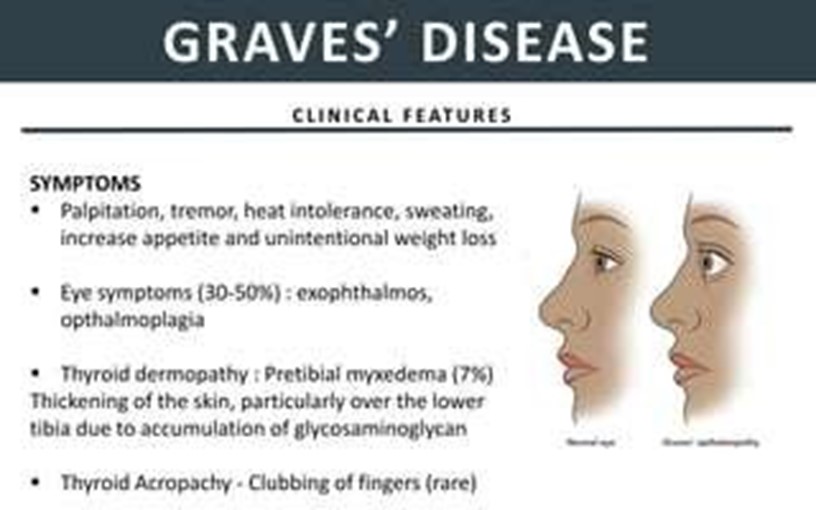A nurse is teaching a client who is to start taking clopidogrel.
The nurse should instruct the client to monitor and report which of the following adverse effects of the medication?
Blurred vision.
Constipation.
Weight loss.
Bruising.
The Correct Answer is D
The nurse should instruct the client to monitor and report bruising as an adverse effect of taking clopidogrel.

Clopidogrel increases the risk of bleeding, which can be severe or life- threatening.
Choice A is wrong because blurred vision is not a common adverse effect of clopidogrel.
Choice B is wrong because constipation is not a common adverse effect of clopidogrel.
Choice C is wrong because weight loss is not a common adverse effect of clopidogrel.
Nursing Test Bank
Naxlex Comprehensive Predictor Exams
Related Questions
Correct Answer is D
Explanation

Methimazole is an antithyroid medication that controls the overproduction of thyroid hormone in Graves’ disease.
One of the symptoms of Graves’ disease is difficulty sleeping due to the overproduction of thyroid hormone.
After taking methimazole for 2 months, the client’s thyroid hormone levels should decrease, leading to an improvement in sleep.
Choice A is wrong because weight loss is a symptom of Graves’ disease due to the overproduction of thyroid hormone.
Methimazole controls the overproduction of thyroid hormone and may lead to weight gain.
Choice B is wrong because warmer skin is a symptom of Graves’ disease due to the overproduction of thyroid hormone.
Methimazole controls the overproduction of thyroid hormone and may lead to cooler skin.
Choice C is wrong because an increase in pulse rate is a symptom of Graves’ disease due to the overproduction of thyroid hormone.
Methimazole controls the overproduction of thyroid hormone and may lead to a decrease in pulse rate.
Correct Answer is A
Explanation
Dopamine is a medication used to treat hypotension, low cardiac output, and poor perfusion of vital organs.
It is used to increase mean arterial pressure in septic shock patients who remain hypotensive after adequate volume expansion 1.
If the client is still experiencing hypotension while receiving dopamine by continuous IV infusion, the nurse should increase the rate of infusion to improve the client’s blood pressure.
Choice B is wrong because Extravasation, is not the correct answer because it refers to the leakage of IV fluid or medication into the surrounding tissue and is not an indication to increase the rate of dopamine infusion.
Choice C is wrong because Headache, is not the correct answer because it is not specifically related to dopamine therapy or an indication to increase the rate of infusion.
Choice D is wrong because Chest pain, is not the correct answer because it is not specifically related to dopamine therapy or an indication to increase the rate of infusion.
Whether you are a student looking to ace your exams or a practicing nurse seeking to enhance your expertise , our nursing education contents will empower you with the confidence and competence to make a difference in the lives of patients and become a respected leader in the healthcare field.
Visit Naxlex, invest in your future and unlock endless possibilities with our unparalleled nursing education contents today
Report Wrong Answer on the Current Question
Do you disagree with the answer? If yes, what is your expected answer? Explain.
Kindly be descriptive with the issue you are facing.
